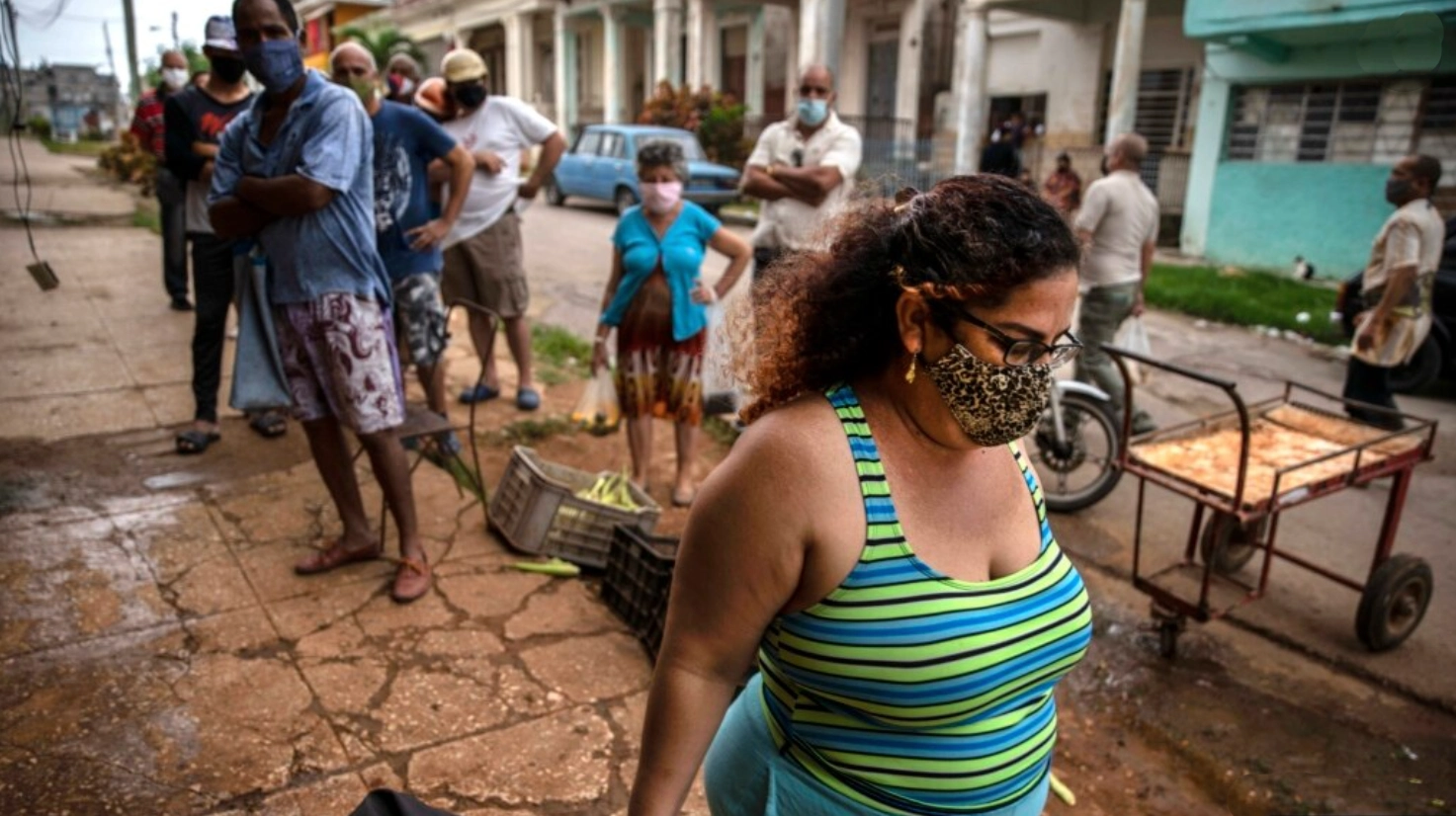On January 25, the X account of Cuba’s National Statistics Office and Information (ONEI) reported an interview with Juan Carlos Alfonso Fraga, the second commanding that institution, given by Andrea Rodriguez, AP correspondent in the country. The journalist used three of the figures revealed in that interview for an article she published on February 22 on Cuba’s current demographic situation. These figures are Cuba’s population on December 31, 2022, (11,089,500); the number of people who died in the same year (129,049); and the number of births (95,402).
Four months later, on May 19, Cuba’s official statistical institution presented its 2022 demographic report: Demographic Indicators of Cuba and its Territories 2022. In it, regarding what Alfonso Fraga revealed to AP, the number of births increased by one (to 95,403) and the number of inhabitants by 11 (to 11,089,511). In the case of deaths, the variation has been disproportionate in comparison, and downward. From 129,049 deaths revealed in January by the second ONEI report, the number of deaths has gone down to 120,098, that is, a drop of 8,951 deaths.
Undoubtedly, the figures may vary and should vary, as the information is increased and refined, for example, the number of births varied. However, in the first place, a variation of such magnitude as the one we see in the case of deaths is very unlikely – it has plummeted by about 7% – and, secondly, although it is understandable that the registers grow, as births or deaths that were not registered in time are gradually accounted for, it is not understandable that they decrease. Therefore, there is no plausible explanation for such a statistical error – demographer Juan Carlos Albizu-Campos Espiñeira has called it a “statistical horror”.
This initial over-registration could be attributed, for example, to the fact that people who died outside their place of residence had been counted in two places at the same time, and only a little later could the error have been corrected by comparing the respective lists. But this is impossible in Cuba, where all citizens have an identity card and the procedure for death certification is clear: wherever they occur, deaths are registered in the municipality of residence that appears on the deceased’s identity card, so there is no way that such a large number of deaths could have been counted in two places at the same time.
In Cuba, all persons who are born or who die are registered according to an expeditious legal procedure, and it is impossible to believe in such a massive error. We are talking about a country in which the state, of which ONEI is the official statistical institution, manages all maternity hospitals and all funeral homes and cemeteries. Cuba is not India, nor even the United States, where no citizen is so much on his own.
What is evident is that, with an excess of deaths of around 52,000 in 2021 (as the number of deaths grew from 112, 441 in 2020 to 167, 645 in 2021), the government of Miguel Díaz-Canel would not be very pleased if something similar were to be repeated in 2022, and thus be reflected in the demographic statistics. Firstly, 129,049 deaths in 2022 would mean between 9,000 and 12,000 more deaths than would have been expected in Cuba if the mortality trend before the Covid-19 pandemic had been maintained. In other words, we are talking about an excess of deaths, which is the variable used by the WHO to measure the true effect of the pandemic (beyond the always dubious official figures, especially in authoritarian or totalitarian states), between 44 and 58 times greater than the 207 people officially reported by the Ministry of Public Health (MINSAP) as having died from Covid-19 in 2022. Therefore, if the 129,049 deaths reported by Alfonso Fraga to the AP in January had been maintained in the official statistics, Cuba would once again be questioned by such a large difference between the official figures of deaths from Covid-19 and the excess deaths.
But beyond the general doubt about the credibility of the figures made public by the Cuban state in this particular case, there was a more in-depth problem with the 129,049 deaths. The fact is that while in 2021 the ravages of the pandemic in Cuba could be understood, reflected in the excess of deaths, in 2022 they could not. Because while during most of 2021, the Cuban population was not immunized, with the Cuban vaccines at the beginning of 2022 the percentages of fully immunized Cubans, with all the many recommended doses, reached more than 90%. How to explain then that in 2022 an excess of deaths of between 9,000 and 12,000 was reached?
To be understood, this number of deaths exceeding what should have been expected according to mortality trends prior to the arrival of the pandemic would be equivalent to between 81 and 108 excess deaths per 100,000 inhabitants, attributable to Covid-19 – directly, or in its collateral effects – at least according to the methodology chosen by the WHO to measure the effects of the pandemic. A value not so high, but which a significant number of countries, even with a population as old as Cuba or even older, had already managed to maintain before starting their artificial immunization process.
The 129,049 deaths in 2022 cast doubt on the effectiveness of Cuban vaccines, something that could not be allowed by a government that bet everything on them, including the future development of its drug industry. Not only the credibility of the vaccines was at stake, but also that of the president, of his government, and even of “the Revolution”, because in the end the Cuban pharmaceutical industry, which would have been responsible for such dubious results, is the work of the Commandant.
In order to save the decreasing credibility of all these issues, the January figure had to be changed.
*Translated by Janaína Ruviaro da Silva from the original in Spanish.











